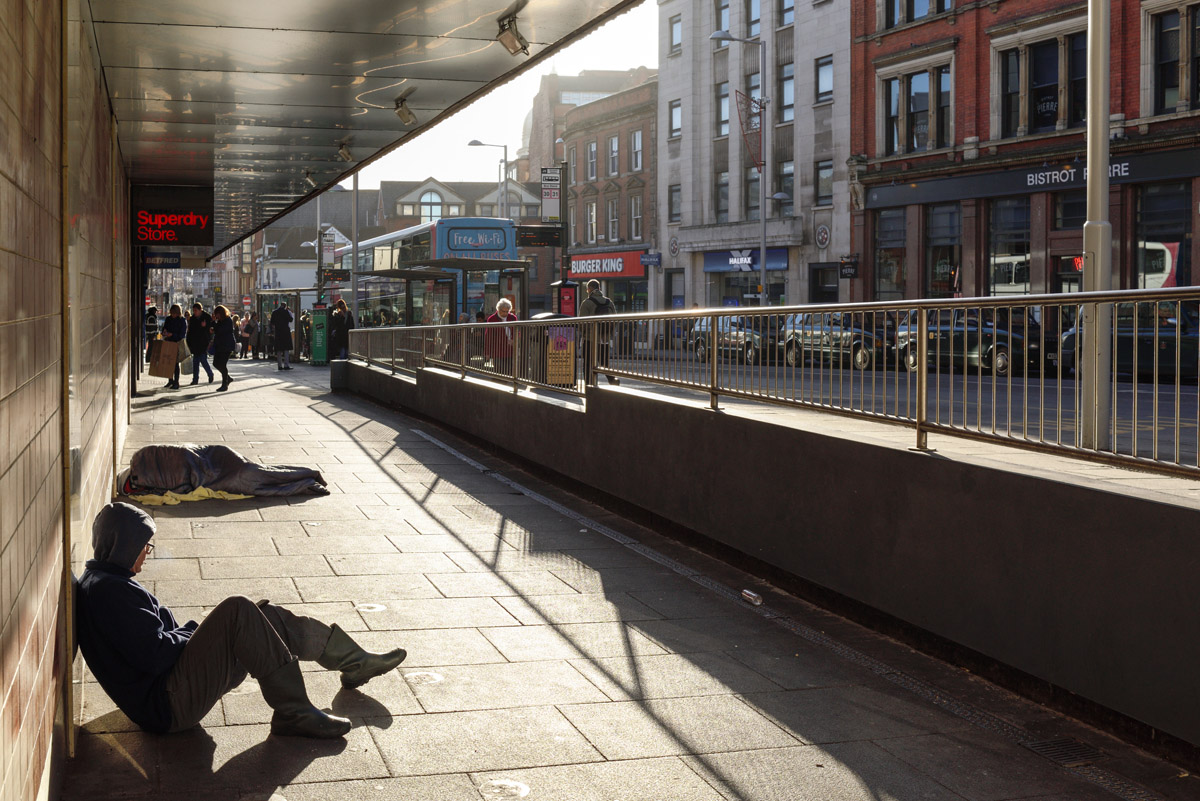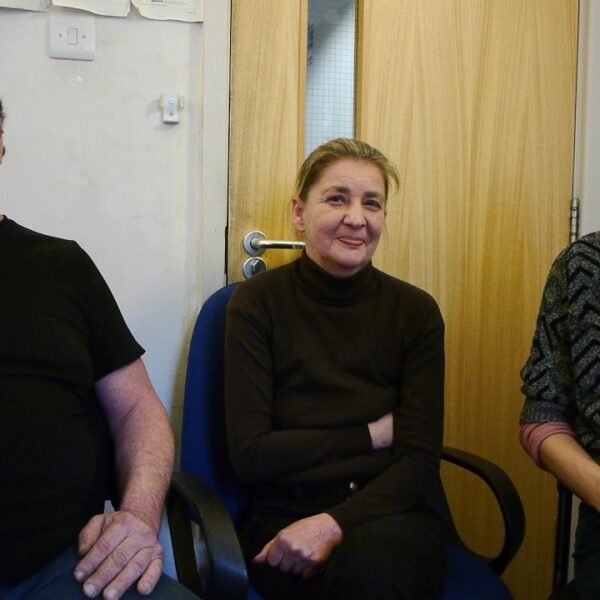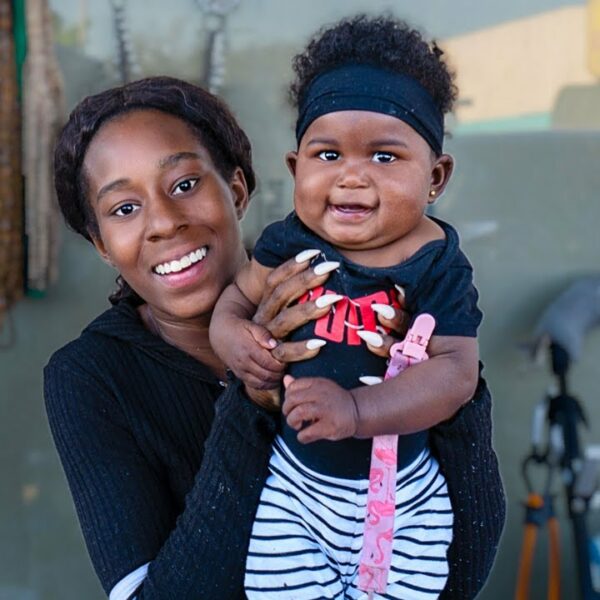Homeless shelters are known for providing essential spaces for vulnerable rough sleepers to rest, sleep, and eat temporarily.
However, since the spread of COVID-19, communal homeless shelters are no longer a safe space for rough sleepers. Residents sleep side by side and share facilities at shelters making them more vulnerable to virus outbreaks.
In the United Kingdom, COVID-19 prompted a rapid, nationwide response in housing homeless people. The government instructed those sleeping rough on the streets and residing in homeless shelters to relocate to a safe place almost immediately.
This move allowed people to social distance, and ultimately prevented many people from contracting the virus. Only 16 homeless people in the United Kingdom died as a result of coronavirus.
With incredible speed, almost 15,000 rough sleepers were moved into self-contained emergency accommodation, including commercial hotel rooms. Due to the virus, these hotel rooms would have remained empty during the lockdown. This iconic move was implemented by councils across the country, with help from homeless charities.
Of these 15,000 people, more than 90% were already known to councils. Many had been sleeping rough for years. Due to the rapid response to COVID-19, they were finally able to have their own space.
With so much uncertainty still surrounding COVID-19, it seems communal homeless shelters are no longer safe for the indefinite future.
Why Are Communal Homeless Shelters No Longer Safe?
COVID-19 spreads mainly between people in close contact with one another, usually within six feet. This occurs when droplets from an infected person who coughs, sneezes, or talks, reaches another person’s mouth or nose. The virus also spreads when someone touches an infected surface then touches their mouth, nose, or eyes.
In communal homeless shelters, many people sleep side-by-side in close and cramped conditions. Likewise, there are many shared facilities including toilets, showers and dining rooms. Coronavirus spreads quickly and efficiently under these conditions.
Arguably, it was time to do away with communal shelters in England before the pandemic. As one of the world’s richest nations, it doesn’t make sense that vulnerable populations are sleeping on mattresses on the floor, side-by-side with strangers. Given that many homeless people suffer from mental health or substance issues, living in such conditions certainly doesn’t help.
There’s no doubt that the government’s response to homelessness in the face of a pandemic was efficient and effective. However, it also shines a light on how many people were housed in dormitory-style homeless shelters. While there are no concrete figures on how many people lived in homeless shelters prior to the pandemic, it’s clear they represented a large portion of rough sleepers overall.
The Alternatives to Communal Homeless Shelters
Communal homeless shelters were a crucial part of housing rough sleepers. So, without them, what are the alternatives?
Many activists call for a shift away from these primitive forms of accommodation. In the future, we’ll likely see a move from communal shelters with shared facilities, due to health reasons highlighted by the pandemic.
The Westminster government in the United Kingdom also made steps to prevent people from becoming homeless in the future. This includes preventing evictions from social and private rented accommodation.
Due to the United Kingdom government’s efforts, infection rates have remained low among homeless people in England, at two to three percent. Compare this to the United States, where up to two-thirds of homeless shelters have been infected in certain cities.
Slowly, lockdown restrictions are loosening up. Now, many of us are wondering what happens next. Will rough sleepers have to move back to communal homeless shelters, and risk contracting COVID-19? Or will there be alternative plans?
Decisions should be made soon as the pandemic’s economic effects are rippling. We can expect to see more individuals and families faced with homelessness.
While the United Kingdom has made excellent initial steps in helping homeless people, officials must keep the momentum going. We need to protect people who are currently homeless and those who are facing homelessness. Let’s make a post-COVID-19 world where communal homeless shelters and rough sleeping on the streets is a thing of the past.
Is Saying Goodbye to Communal Homeless Shelters That Simple?
While it’s optimistic to think of a world where communal shelters are replaced with safer alternatives for homeless people, it can be argued that shared shelters are still a vital lifeline for those in need. All year round, shelter hotlines ring with desperate callers who require urgent housing. In the colder months, communal homeless shelters can quite literally be a lifesaver. Otherwise, rough sleepers would be left on the streets in the cold.
Many communal homeless shelters open during the winter as a response to cold weather. During these trying months, how do we balance the risk of rough sleepers contracting COVID-19 against the danger of becoming severely ill in the cold or worse, dying?
Yes, communal homeless shelters are basic, and expose people to health risks, especially during the pandemic. But without access to alternative accommodations, where will homeless people go, especially during the winter?
It’s easy to criticize communal night shelters, but it’s also easy to miss their vital function and purpose. Communal living spaces promote community and relationship building. They also serve as a steppingstones to permanent housing. Shelter staff members work hard to help residents find permanent housing and support. Residents can also gain employment, which would be challenging if they were still sleeping rough on the streets.
While alternative accommodations are preferred, a shelter can make a significant impact on one’s future.
The United Kingdom government needs to clarify whether shelters can continue to function and, if so, under what circumstances. The government is currently working with both the Public Health England and the Ministry of Housing. The goal is to determine whether it’s possible to set up shelters this winter. If they determine it is, they will draw up operating principles to guide organizations. Above all, we must protect our vulnerable neighbors – from both COVID-19 and the elements.













